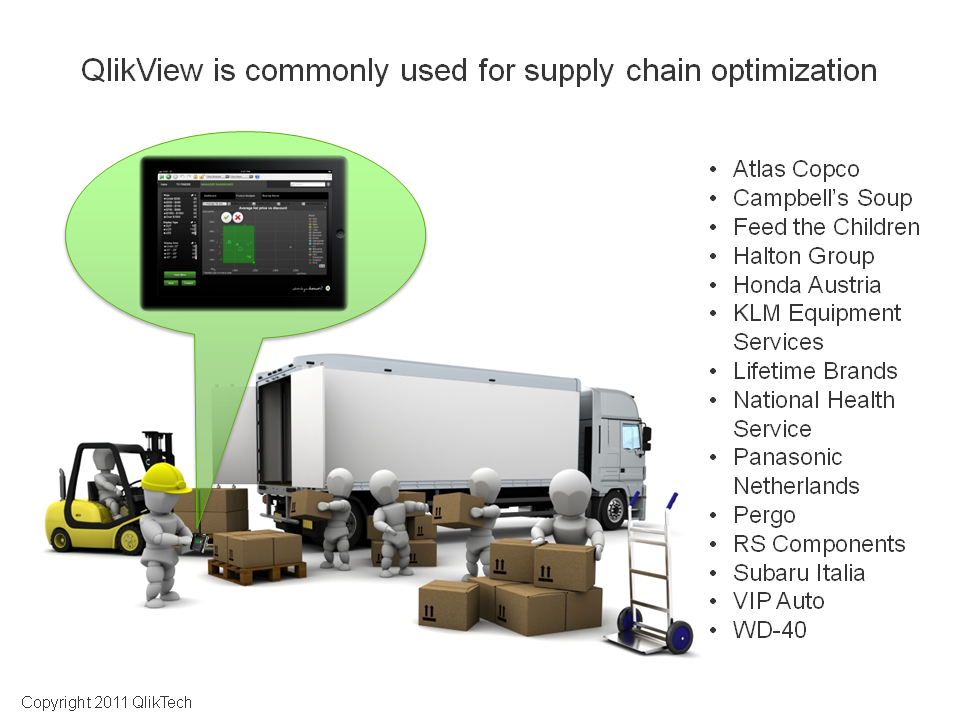
Data scientists have to analyze, interpret, and visualize large datasets on a daily basis. This is why it is important for them to have the right data visualization tools at their disposal.
It can be difficult for people who don’t work closely with data every day (such as managers or executives) to grasp what they are trying to say if all they give them is words on paper or an Excel spreadsheet full of numbers without any context.
Data visualization tools allow data scientists to communicate their findings more effectively, which is important because it allows them to share their insights with other people who may not be familiar with data science concepts.
Best Data Visualization Tools for Every Data Scientist
In this article, we shall take a look at some of the best data visualization tools for data scientists and how they can effectively increase the efficiency of data scientists. Here are eight important data visualization tools to help data scientists make better-informed decisions.
1. Tableau
Tableau is a data visualization tool that can be used to create interactive graphs, charts, and maps. It allows you to connect to different data sources and create visualizations in minutes.
2. QlikView
QlikView is not just another data visualization tool, It is a data discovery platform that empowers the users to make faster, more informed decisions by accelerating analytics, revealing new business insights, and increasing the accuracy of results.
3. Microsoft Power BI
The Microsoft Power BI is the data visualization tool that is used for business intelligence type of data. It is and can be used for reporting, self-service analytics, and predictive analytics.
4. Datawrapper
Datawrapper is an online data visualization tool that can be used in various contexts. It is very easy to use, and it has a clean and intuitive user interface.
5. Plotly
Plotly is a data visualization tool that is used to create interactive graphs, charts, and maps. You can also use Plotly to create a visualization of a dataset, then share the link of that visualization with your readers on social media or on your blog.
6. Sisense
Sisense is a data visualization tool that allows you to easily create interactive visualizations from your data. With Sisense, you can quickly and easily create extensive, informative dashboards that will help you understand your data better.
7. Excel
Microsoft Excel is a data visualization tool that has an easy interface, so it doesn’t have to be difficult to work with.
8. Zoho analytics
Zoho Analytics is a data visualization and reporting tool that can help you to easily create custom reports and dashboards.
Conclusion
In the modern world, data is everywhere and it’s important for brands to be able to decode and communicate their message in an effective manner.
And for data scientists, learning and keeping up with all the latest data visualization tools is paramount, and only after they master this art, they can keep up with the pace of big data, and the fast-moving realms of AI and ML.











